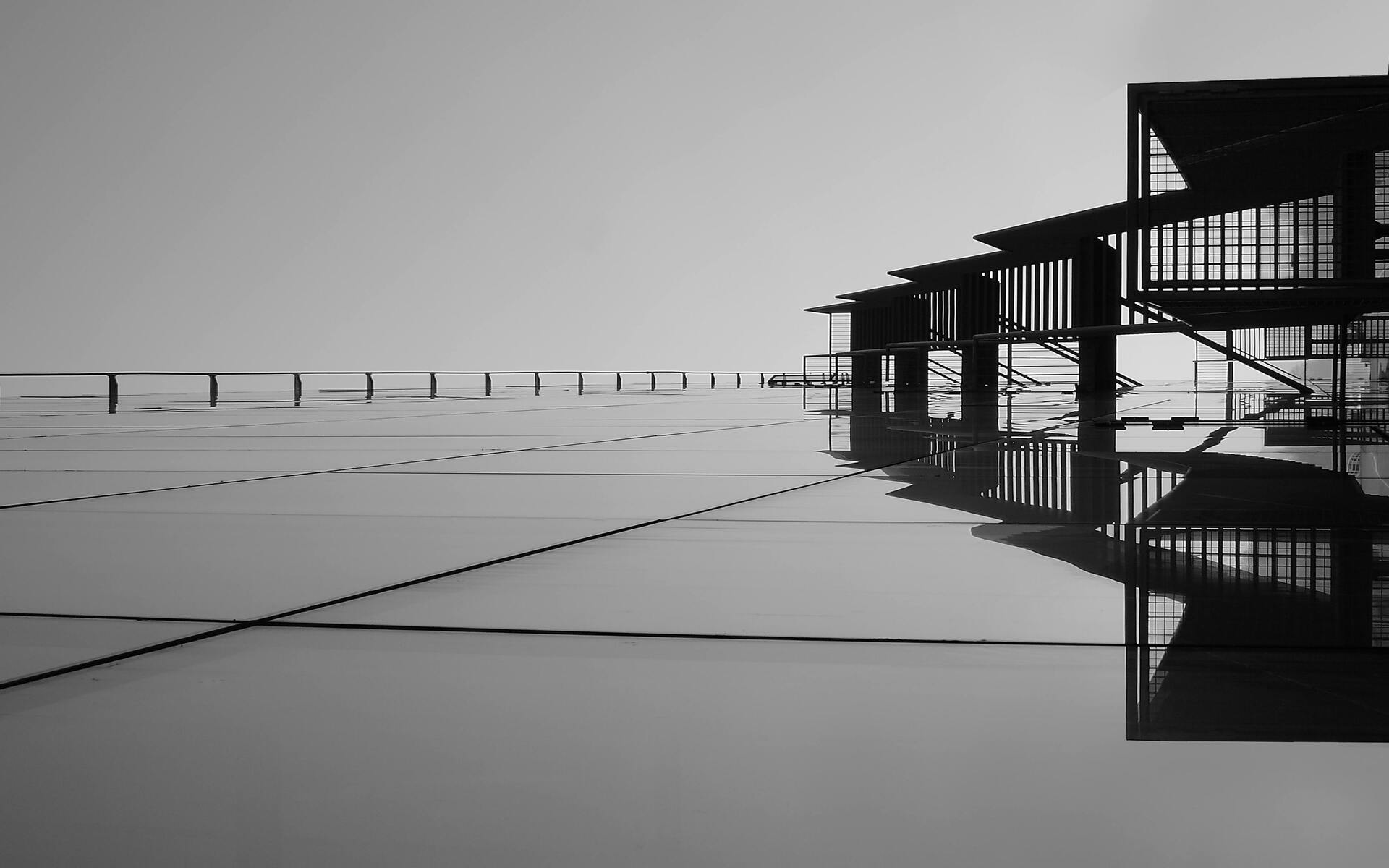
FAQ About Architectural Photography
Architectural Photography
2 years ago | gizem
What are the legal considerations when photographing buildings and architecture?
Photographing buildings and architecture may involve various legal considerations, particularly concerning copyright, property rights, and privacy. It's essential to be aware of these considerations to ensure you are acting within the law. Keep in mind that legal regulations may vary by country and locality, so it's essential to research and understand the specific laws that apply to your area. Here are some key legal considerations in architectural photography:
Copyright and Ownership:
- Buildings themselves are generally not subject to copyright protection in most jurisdictions. However, architectural plans, drawings, and blueprints are usually protected by copyright.
- Architectural sculptures, distinctive designs, and artistic elements incorporated into buildings may have copyright protection.
- When photographing a copyrighted building, be cautious about how you use and distribute the images, especially if it involves commercial purposes or publishing.
Property Rights and Permissions:
- When photographing private property, respect the property owner's rights and obtain necessary permissions or releases if required.
- Some buildings or landmarks may be owned by government entities, which may have their own policies and regulations regarding photography.
Commercial Use and Licensing:
- If you plan to use architectural photographs for commercial purposes, such as advertising or marketing, it's crucial to obtain proper licenses and permissions for any copyrighted or trademarked elements in the images.
Public vs. Private Spaces:
- Different rules may apply to photographing buildings in public spaces compared to private property. In public spaces, you generally have more freedom to photograph, while private property owners can impose restrictions.
Privacy Concerns:
- Be mindful of individuals' privacy rights when photographing buildings, especially if people are visible in the frame. Privacy laws vary, but it's generally advisable to obtain consent if someone is recognizable and their image will be used for commercial purposes.
No Trespassing and Access:
- Respect "No Trespassing" signs and property boundaries. Do not enter private property without permission, and be aware of any posted restrictions.
Model Releases:
- If your architectural photographs include recognizable individuals, especially in a way that could be considered commercial use, obtaining a model release may be necessary to protect their privacy and rights.
Trademark Considerations:
- Some buildings and landmarks may have trademarked logos or designs associated with them. Be cautious about photographing and using such elements for commercial purposes without proper authorization.
Location Releases:
- For commercial shoots on private property, it may be advisable to obtain a location release or contract with the property owner, specifying the terms of use and compensation.
Editorial vs. Commercial Use:
- Distinguish between editorial use (documentary or news purposes) and commercial use (advertising or promotional purposes). Different rules may apply to each.
